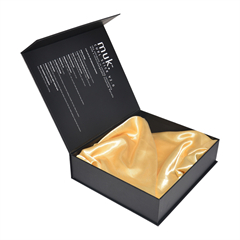Wigs have a long and fascinating history that spans many cultures and centuries. Here’s an overview of the history of wigs:
- Ancient Egypt:
- Wigs have been traced back to ancient Egypt, where both men and women wore them. Egyptians used wigs not only for fashion but also for practical purposes like protection from the sun and to prevent the spread of lice.
- Ancient Greece and Rome:
- Wigs became popular in ancient Greece and Rome, particularly among the upper classes. They were often made from human or horsehair and were used to signify social status and enhance personal beauty.
- 16th and 17th Centuries in Europe:
- Wigs experienced a resurgence in Europe during the Renaissance era. In the 16th and 17th centuries, elaborate wigs became fashionable among European nobility. These wigs were large, powdered, and styled into intricate shapes.
- 18th Century:
- The 18th century saw wigs reach their peak of popularity in Europe, particularly in France. Wig styles became even more elaborate, and towering wigs were adorned with feathers, ribbons, and other decorations.
- Late 18th Century and Early 19th Century:
- The late 18th century brought a decline in wig usage, partly due to changing fashion trends influenced by the French Revolution. Men began to wear their natural hair short, and women’s hairstyles became simpler.
- Victorian Era:
- In the 19th century, wigs saw a resurgence among women in Europe. Queen Victoria herself set fashion trends by wearing a wig at her wedding. Women often used false hairpieces to create elaborate updos.
- 20th Century:
- Wigs continued to be used for special occasions and theatrical purposes throughout the 20th century. However, as hairstyles became more natural and less formal, wig usage declined.
- Contemporary Usage:
- Today, wigs are used for a variety of reasons, including fashion, convenience, and medical purposes. They have become more accessible and affordable, with options ranging from synthetic wigs to high-quality human hair wigs.
- Medical and Hair Loss Reasons:
- Wigs are commonly used by individuals experiencing hair loss due to medical conditions like chemotherapy, alopecia, or male pattern baldness. They provide a natural-looking and confidence-boosting solution.
- Fashion and Self-Expression:
- Wigs have made a comeback in recent years as a fashion statement and a way for people to experiment with different looks and colors without altering their natural hair.
- Entertainment and Theater:
- Wigs remain a crucial component of theatrical and entertainment productions, allowing actors and performers to transform into different characters.
The history of wigs is a testament to their enduring appeal and versatility. From ancient civilizations to contemporary fashion and medical needs, wigs have played various roles in society and continue to evolve as a form of self-expression and practical use.









